Fleece Wear Guide
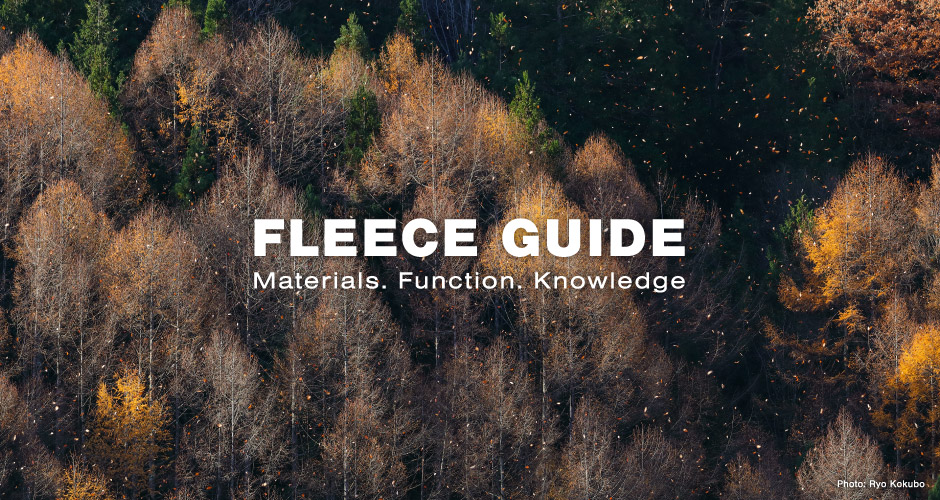
Fleece layers strike an excellent balance of warmth and breathability, providing outstanding comfort on their own or within a layering system. Our extensive lineup features a wide variety of materials and fabric weights. No matter the activity or season, this variety allows you to pick the perfect fleece for your next objective.

retains heat
To achieve a high level of warmth, polyester fibers are brushed into a napped fabric which traps air and retains heat.
breathes
Fleece allows air to pass in and out of the garment so you vent excess heat, even during high-intensity activities.
dries quickly
The fabric is made with polyester fibers, which are hydrophobic, to deliver quick-drying properties that promote comfort even when breaking a sweat.

LINEUP
Montbell fleeces are made using a wide variety of fabrics, offering a rich selection for any season and activity.



Our lightest, thinnest fleece fabric is knitted using very thin (less than 1 denier) micro polyester yarn. As its namesake, originating from the soft leather of the Chamois Antelopes, Chameece has a luxurious feel. We produced this exquisite softness through a high fiber count and a tight knit enhanced with a brushed face. Weighing only 160 grams per square meter, this micro-fleece is light, compressible, and quick to dry.
-
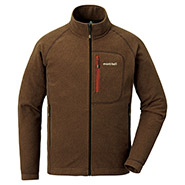
CHAMEECE Jacket Men's
Price: €85.00 -
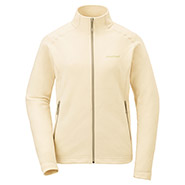
CHAMEECE Jacket Women's
Price: €85.00 -
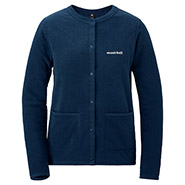
CHAMEECE Cardigan Women's
Price: €69.00 -

CHAMEECE Vest Men's
Price: €69.00 -

CHAMEECE Vest Women's
Price: €69.00
-
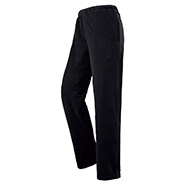
CHAMEECE Pants Men's
Price: €69.00 -
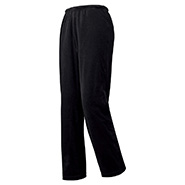
CHAMEECE Pants Women's
Price: €69.00


With excellent stretch, low volume loft, and a smooth face for better layering and increased durability, these garments are designed for an active lifestyle.
-

Trail Action Hooded Jacket Men's
Price: €119.00 -
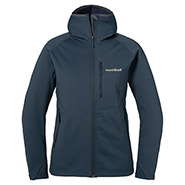
Trail Action Hooded Jacket Women's
Price: €119.00 -
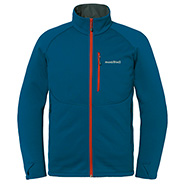
Trail Action Jacket Men's
Price: €109.00 -
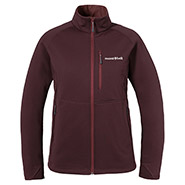
Trail Action Jacket Women's
Price: €109.00
-

Trail Action Tights Men's
Price: €89.00 -
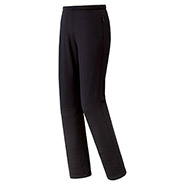
Trail Action Tights Women's
Price: €89.00


This fabric is specially knitted to feel like a sweater while maintaining the warmth and versatility of our traditional midweight fleece. Weighing in at 255 grams per square meter, this fabric balances function and style. CLIMAPLUS Knit functions well as an insulating middle layer during the day on the mountain and is perfect as an outer layer when relaxing back in town.
-
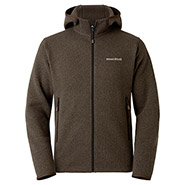
CLIMAPLUS Knit Parka Men's
Price: €139.00 -

CLIMAPLUS Knit Parka Women's
Price: €139.00 -

CLIMAPLUS Knit Jacket Men's
Price: €145.00 -

CLIMAPLUS Knit Jacket Women's
Price: €145.00 -

CLIMAPLUS Knit Cardigan Women's
Price: €99.00

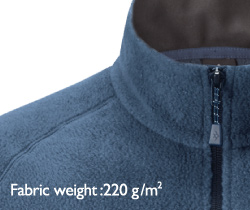
Lightweight CLIMAPLUS 100 is stretchy, heat-retaining, breathable, and quick-drying. In other words, it's a highly versatile layering piece. With a fabric weight of 220 grams per square meter, this fleece easily satisfies the role of a middle layer in colder temperatures, and excels as an outer layer in milder conditions.
-
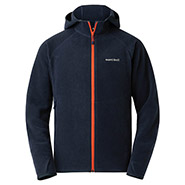
CLIMAPLUS 100 Warm Up Parka Men's
Price: €89.00 -
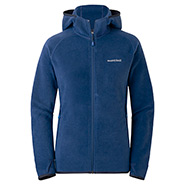
CLIMAPLUS 100 Warm Up Parka Women's
Price: €89.00 -
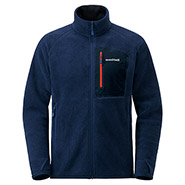
CLIMAPLUS 100 Jacket Men's
Price: €89.00 -

CLIMAPLUS 100 Jacket Women's
Price: €89.00 -
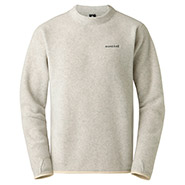
Lite Sweatshirt Men's
Price: €49.00 -
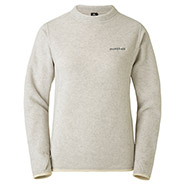
Lite Sweatshirt Women's
Price: €49.00

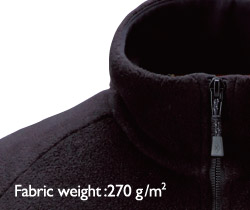
This midweight fleece tips the scales at 270 grams per square meter, delivering a high level of warmth while maintaining breathability and 2-way stretch. Garments made with CLIMAPLUS 200 are ideal as middle layers in cold weather or as outer layers in shoulder season.


Our high loft CLIMAAIR fabric is coarsely woven to yield incredible warmth with minimal weight and bulk. This heat-retaining fleece is also moderately breathable, working great as a middle layer through fall and winter.
-
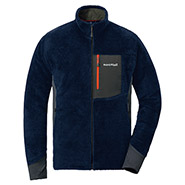
CLIMAAIR Jacket Men's
Price: €119.00 -

CLIMAAIR Jacket Women's
Price: €119.00

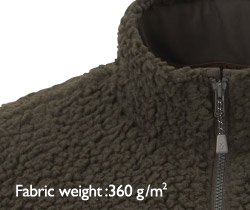
Shearling is leather from a recently shorn sheep with the soft wool left intact. Our CLIMAPLUS Shearling is a synthetic version of this traditional garment. The fleece fabric features a soft, fluffy, and wool-like texture to trap warm air and provide bulky warmth while around town on colder days.
-
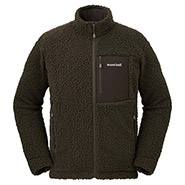
CLIMAPLUS Shearling Jacket Men's
Price: €139.00 -
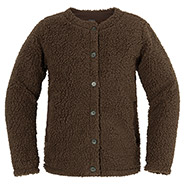
CLIMAPLUS Shearling Cardigan Women's
Price: €135.00

Slant-Tec Cuffs and more
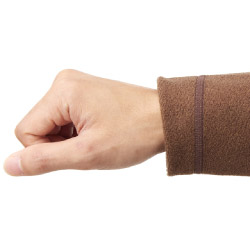
Jackets and hooded jackets in the Chameece, Trail Action, and CLIMAPLUS 200 series feature our patented Slant-Tec Cuffs. By orienting the seams of the cuff at an angle, the sleeve can easily be pushed up the forearm with minimal effort and increases comfort in the process. In addition, all of our zippered fleece garments feature a Zip End Guard to shield the user’s skin from the metal zipper slider. This protects the user’s sensitive neck and chin from cold metal in freezing temperatures. Finally, we incorporated articulated patterns and controlled fiber thickness in our entire lineup of fleece to promote greater freedom of movement, comfort, and maximized insulation.
The secret to breathable warmth

The most important properties when in search of a garment for a middle layer are breathability and insulating ability. In many ways fleece clothing can strike the perfect balance of the two.
The chief ingredients in fleece are polyester and polyethylene terephthalate (or PET) which are hydrophobic. Fabrics made with fibers like these “hold less water” have the ability to hold more warmth, while drying more quickly. Also, by selecting ultra-fine filaments and brushing the finished material we can create many small spaces between individual fibers in the fleece. These gaps and spaces trap air, not allowing it to move freely, thus creating a high level of insulation. This trapped air is sometimes referred to as “dead air” and is exhibited in natural insulators like wool and down.

The open nature of the knit utilized in fleece can promote better garment breathability. By allowing air to easily pass thru the fabric fleece clothing can feel less “stuffy”, combating perspiration to keep you drier at a variety of exertion levels. The short dry time of fleece also keeps you safer and more comfortable than other insulators.
When compared with wool and down garments, fleece items can be superior because we can more closely control fiber length and diameter, along with fabric thickness and density to better tailor apparel performance to address seasonal weather conditions and activity level. This allows us to make suitable fleece garments for any weather condition no matter if it is summer or winter. When paired with windproof membranes or linings the thickest fleece can be highly efficient and can rival thinner down garments in warmth.
What is "dead air"?

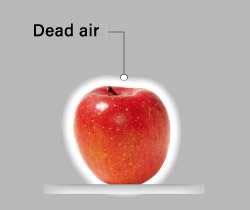
Dead air isn't a property that is exclusive to clothing materials like fleece or down. All physical objects have a property that makes the air a few millimeters around them difficult to move. This unmoving, static layer of air is known as dead air.
The reason we feel cold when the wind blows is the layer of static air that was covering the surface of our skin is blown away and is replaced by new air. Because air has a low thermal conductivity and is a good insulator of heat, an important strategy for protection against the cold is to keep as much dead air close to the body as possible.
Every fiber counts


Each yarn is formed by twisting together several tens of fibers. Yarn thickness is represented in deniers (d), and the long fibers that make it up are known as filaments (f). For example, a 75d/36f yarn means "a yarn with a thickness of 75 deniers made from 36 filaments." This is a common type of yarn that is often used in synthetic T-shirts.
Montbell's CHAMEECE is made with a 75d/144f yarn. The thickness of the yarn is the same, however by using 144 ultra-thin filaments in each yarn the resulting material is more supple and traps more air in between the filaments, making it a better insulator.

Fleece Maintenance

Bring fleece back to life
After wearing a long-haired fleece garment for multiple years, the fabric in areas such as the elbows and cuffs begins to wear. This is due to the ultra-fine fibers in the fleece becoming entangled due to friction. Here, we introduce how to easily restore the fabric to its original state by brushing.

The best type of brush to use is a bristle brush for pets or a nylon brush for shoes. (Please note that a fine-toothed metal brush will damage the fabric.) Briskly brush the entire area so as to raise the hairs of the fleece upward.


Washing tips
Fleece garments can be machine washed. To protect the garment, we recommend turning the garment inside out, use a laundry net and to set the machine to a "hand wash" or "delicate" cycle to minimize wear on the fabric. Adding a fabric softener will help to prevent fiber entanglement. When drying, dry the garment in the shade, avoiding direct sunlight. If using a dryer, set it to a low drying temperature.
